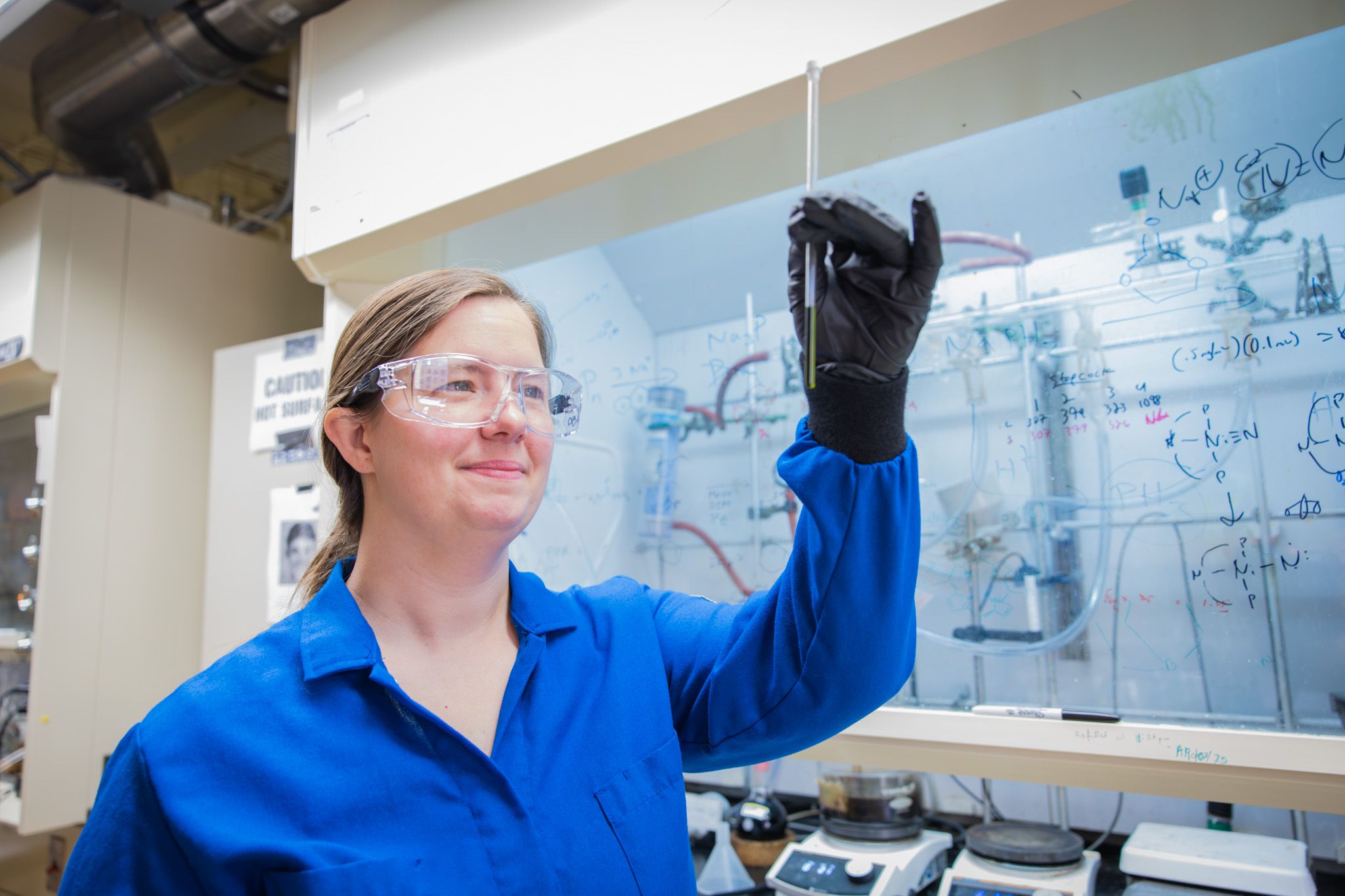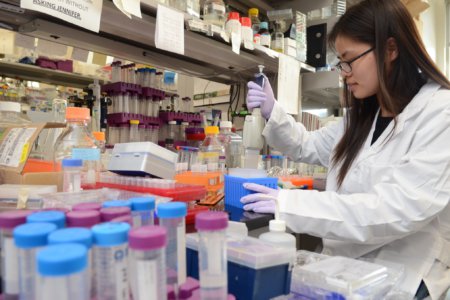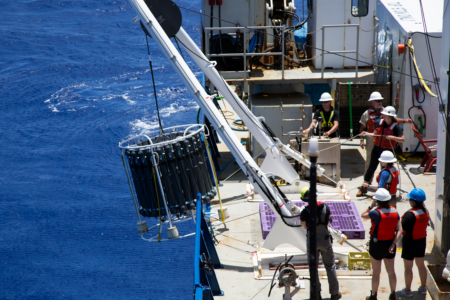To thrive in chemistry, you need an education that places you at the forefront of discovery. This is why learning is an active, joyous pursuit at Texas A&M University, one of the largest public universities in the US and one of the few to have land-, sea- and space-grant designations.
Ranked the No. 1 Best Value School among Texas public universities, Texas A&M is home to an equally impressive Department of Chemistry, which has made strides over the years. Today, its research tackles big questions in energy, materials, synthesis and properties of new molecules, with real-world impacts in fields like medicine and engineering. It is a core part of the university’s mission to develop and share new knowledge with the world.
Here, students benefit from a blend of classroom instruction, hands-on research, and mentorship by experienced professionals. The graduate program, consistently ranked in the top 10 public institutions by US News & World Report, further strengthens this academic environment. The department also hosts postdoctoral researchers and international scholars, adding to the vibrant exchange of ideas.

The PhD Chemistry program at Texas A&M University offers expert research training, preparing students for careers in academia, industry, and government. Source: Texas A&M University
Driving innovation through cutting-edge research
The PhD Chemistry program at Texas A&M is a gateway to solving some of society’s most pressing challenges. Designed to provide comprehensive training in foundational and advanced research, the program equips students with the skills necessary for impactful careers in academia, industry, and government. By focusing on rigorous scientific inquiry and effective communication, Texas A&M ensures its graduates are well-prepared to lead in their respective fields.
Research at Texas A&M spans all areas of modern chemistry, driving breakthroughs that address global needs, from renewable energy solutions to advancements in human health and materials science. Faculty members like Dr. Lauren D. Hagler is combining RNA biophysics and drug discovery to advance therapeutic intervention in cancer. It’s an endeavor that was selected by the Cancer Prevention and Research Institute of Texas (CPRIT) to receive a total of US$2 million in grants to bolster the state’s fight against the deadly disease.
In another groundbreaking effort, the team of Dr. Quentin Michaudel, an associate professor in the Department of Chemistry and lead investigator in the research, has synthesized a novel class of positively charged macromolecules that kill superbugs like E. coli and MRSA. This collaborative study at the interface of organic chemistry, catalysis, and polymer science is a promising step toward the development of novel antibacterial treatments.
Graduate students are integral to this vibrant research community, working alongside faculty in a collaborative and welcoming environment.
“Texas A&M is enriched with amazing faculty and staff who are not only experts in their fields but are also eager to train younger scientists, helping us become the next generation of experts,” says Lupita Aguirre, a graduate student.
Students like Aguirre push the boundaries of discovery in state-of-the-art facilities, including the AggieFab Nanofabrication Facility, Soft Matter Facility, Chemistry Mass Spectrometry Laboratory, Elemental Analysis Laboratory, Laboratory for Molecular Simulation, and many more. Centers and institutes such as the Center for Atmospheric Chemistry and the Environment, Cyclotron Institute and others provide more equipment and exposure to cutting-edge research.
Maya D. Montemayor, for example is part of a student research team that have developed a flame-retardant coating that protects cotton and other textiles safely and efficiently. Their polyelectrolyte complex coating makes Texas A&M one of the leaders of this technology and provides opportunity for further development with external companies.
“This technology can be optimized to quickly, easily and safely flame retard many flammable materials, offering vast protection in everyday life, saving money and lives of the general population,” she says.

With at least five years of guaranteed support, students can fully focus on gaining hands-on experience through research, coursework, symposia, and teaching, all with personalised faculty mentorship. Source: Texas A&M University
Strengthening career outcomes
The Chemistry Graduate Office runs valuable professional development events that help students grow both academically and professionally. One key event is the Harthcock Symposium, which connects students with industry professionals, offering valuable networking opportunities and insights into potential career paths for PhD graduates in chemistry.
Building on this, the Dow Symposium helps prepare students for the job market by offering workshops on crafting job applications, interview strategies, and presentation skills. A key feature of the event is the judged poster session, where students can showcase their research and gain feedback from experts in the field.
Alongside these industry-focused events, the Graduate Research Symposium allows students to showcase their research within the academic community. This event encourages students to develop their communication skills while presenting their findings to peers and faculty, further strengthening their academic profile.
These events, combined with Texas A&M’s strong focus on career development, give students the essential skills and connections to succeed after graduation.
Beyond academic and career support, a Texas A&M education comes with affordable housing, a vibrant campus, and a close community, making it an ideal place for graduate students to thrive. With its resource-rich environment and small-town feel, the university strikes an ideal balance of academic excellence and personal growth.
Apply to the Department of Chemistry today.
Follow Texas A&M University Department of Chemistry on Facebook, X, LinkedIn, Bluesky and YouTube












